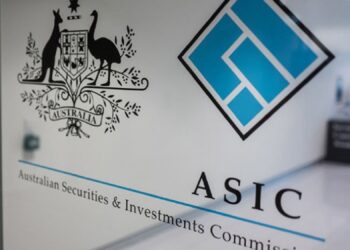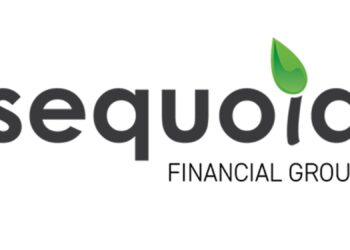Australians still want to buy their own home despite the fact that the percentage of their income needed to do so has increased over 50 per cent in the past 12 years, a survey has found.
“The housing industry price bubble, coupled with rising interest rates, has resulted in more Australians struggling to buy and then also pay off their home,” AMP Financial Services managing director Craig Mellor said.
AMP and the National Centre for Social and Economic Modelling (NATSEM) commissioned the report comparing housing affordability and housing stress in 1995-96 and the latest available data from 2005-06.
The report found that Australians needed 7.5 times their annual disposable income to afford a typical house in 2006. In 1996 they needed five times their annual income.
In the same period house prices grew at around three times the rate of average incomes.
New South Wales is the least affordable state, with housing in regional NSW costing more than housing in any other Australian capital city except Sydney.
The report found that both younger and older Australians have been affected by the trends.
Among Generation Y, defined as people between the ages of 15 and 29, only one in 20 households own a home.
Twice as many people who are over 60 are paying off a mortgage compared to 1995-96, which means that more people are taking debt with them into retirement.
The report highlights the fact that, as the costs associated with housing rise, the situation may well get worse.
“We need to ask ourselves if we are wanting too much too soon, before we are able to make the biggest financial commitment in our lives,” Mellor said.





